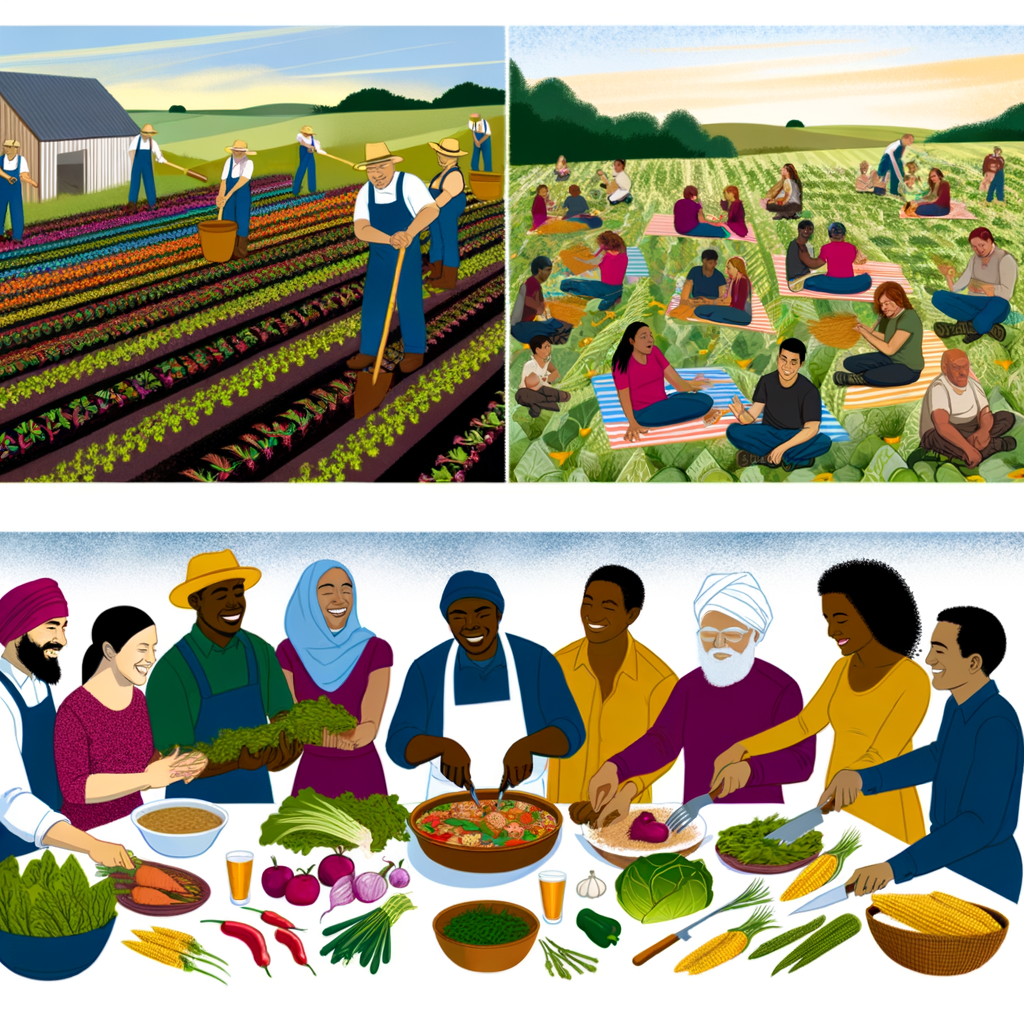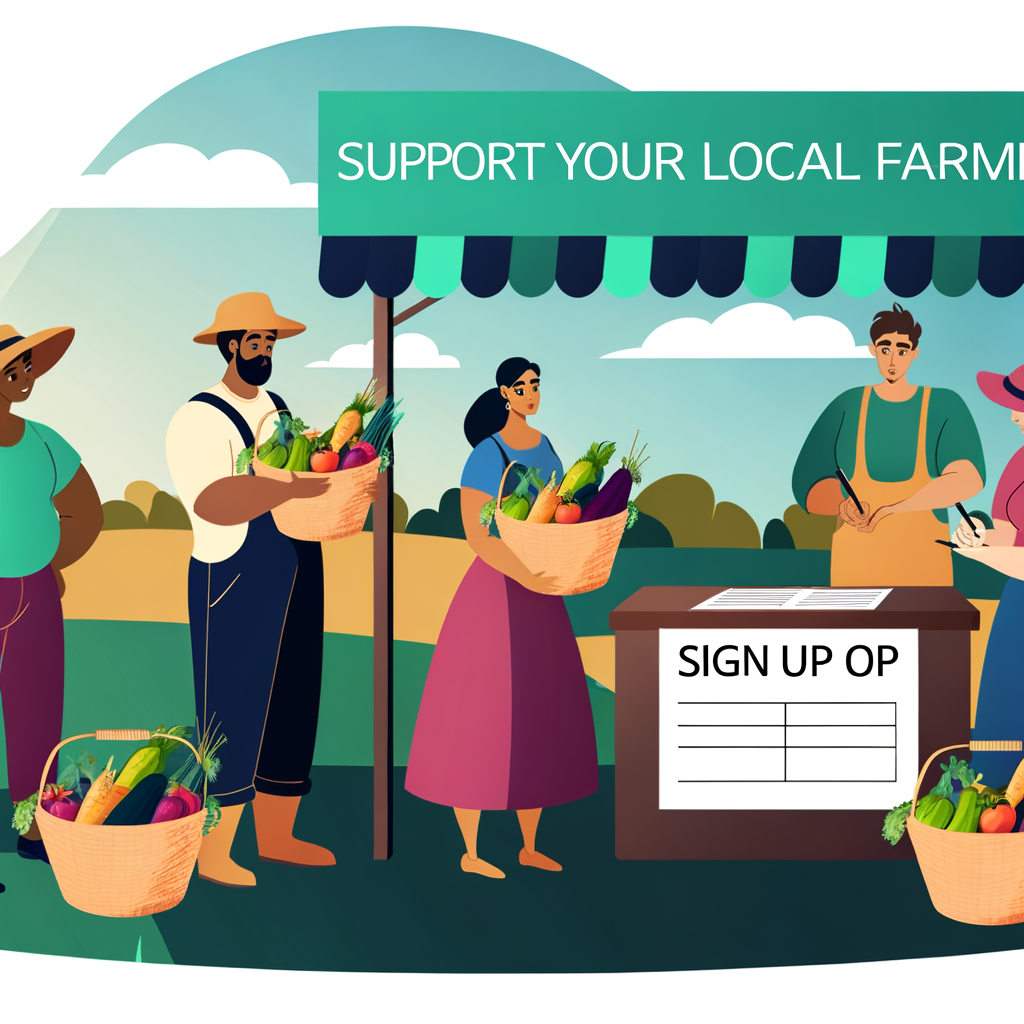The concept of farm-to-table has been gaining popularity in recent years, with a focus on supporting local farmers and sourcing fresh, seasonal ingredients. But what exactly is community-supported agriculture (CSA) and how does it fit into this movement?
CSA is a system in which individuals or families become members of a farm and receive a share of the harvest each week. This not only allows consumers to have a direct relationship with their food, but also supports small-scale, sustainable farming practices. By becoming a member of a CSA, you are not only investing in your own health, but also in the health of your community and the environment.
One of the key benefits of CSA is the connection it creates between consumers and farmers. By purchasing a share of the harvest, you are directly supporting the work of local farmers and getting to know the people who grow your food. This also means that you have a better understanding of where your food comes from and how it is produced, allowing you to make more informed choices about your diet.
In addition, CSA promotes the consumption of fresh, seasonal produce. By receiving a share of the harvest each week, you are guaranteed to have a variety of fruits and vegetables at their peak of freshness and flavor. This encourages a more diverse and nutrient-rich diet, as well as reducing the carbon footprint of transporting produce from faraway places.
So how can you get involved with CSA? Start by researching local farms in your area and finding one that offers a CSA program. Many farms also offer opportunities for members to visit and volunteer on the farm, further strengthening the connection between consumers and farmers. By joining a CSA, you can not only support the farm-to-table movement, but also become a part of a vibrant and sustainable community.





